Search Results for 'Gaelic League'
31 results found.
Snámh na Saoirse
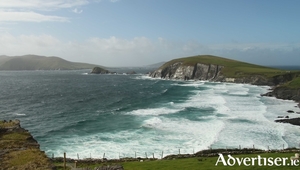
AN TAIBHDHEARC is set to host Snámh na Saoirse, an imaginative play by Róisín Sheehy, which fuses dance, drama, and music. This is Sheehy’s debut work for theatre and is a poetic re-telling of a tragic drowning which occurred off the Great Blasket Island in 1909.
Pádraic Ó Conaire: man and monument
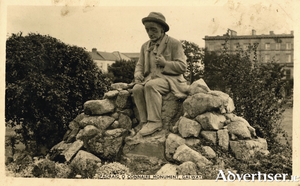
On October 6 1928, writer, journalist, teacher, and raconteur Pádraic Ó Conaire died in tragic poverty in Richmond Hospital, Dublin, at the age of 46. Since the turn of the century he had established himself as one of the leading lights of the Gaelic Revival, an innovative writer who pioneered the short story in Irish.
Temperance, teanga and throw-ins
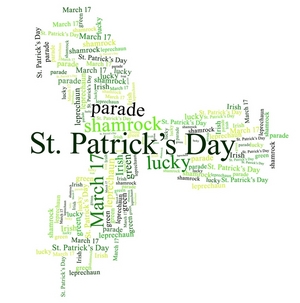
Though a feast day on the Catholic calendar since the 1600s, St. Patrick's Day only became a public holiday in Ireland in 1903. Prior to the early 20th century and a structured national approach to honouring the saint, the Briton was resurrected from time to time and pushed to the front of many campaigns. The feast day's events, which drew large crowds, were always managed either directly, or were heavily influenced, by the local Catholic church. That is not surprising, Patrick was a Christian after all. Many pre-Famine St Patrick's Day events were organised by the temperance movement, headed by Fr Theobald Mathew. The movement encouraged the Irish nation to pledge to abstain from alcohol for corporal and spiritual betterment, but sometimes with mixed results. The St Patrick's Day teetotallers procession through Castlebar in 1841 was not one of that organisation's high points. The march was to be a show of strength, an opportunity for the Rev Gibbons to display his and his members' accomplishments. Frustratingly for Gibbons, a large number of the group arrived to take up their places in the parade’s ranks while under the influence, having soundly violated their pledges. The non-teetotaller band abandoned the depleted parade midway through to join the town’s festivities, causing the temperance leaders to consider organising a teetotal band of their own that they could depend on.
TB epidemic - getting the message across
It is no coincidence that the Regional (now the University College) Hospital and Merlin Park opened almost simultaneously in the mid 1950s. The Old Central Hospital, which had opened in 1922, became unfit for purpose, mainly due to overcrowding, and the difficulty accommodating long stay tuberculosis patients. Tuberculosis, or TB, was, in the early decades of the 20th century, at epidemic proporations. The same year that the Central Hospital opened, the same year as the foundation of our State, there were 4,614 deaths from TB; 611 were children under 15 years.
The economics of maintaining the Mayo Gaeltacht
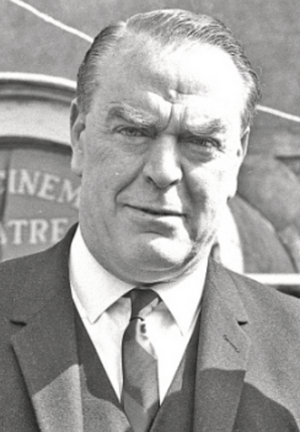
In 1851, the Mayo Gaeltacht stretched west across the county from a line between Kilasser and Ballindine, excluding the town of Ballina. The official census figures for that year record that 65.8 per cent of the county’s population could speak the Irish language. By 1926, that figure had plummeted to 36.8 per cent and today, 47.2 per cent of the Mayo population claim the ability to speak the language, though to vastly different standards. Statistics for where the language is living and in everyday use are more important and telling. In that regard, the Mayo Gaeltacht is now confined to the Erris region, the eastern half of Achill Island, the Corraun Peninsula and a pocket around Tourmakeady on the western shore of Lough Mask.
Historic bilingual publication of Pádraic Ó Conaire’s classic stories
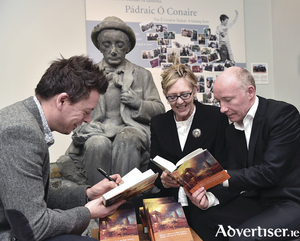
First published in Irish in 1918, Seacht mBua an Éirí Amach/Seven Virtues of the Rising is a collection of seven stories by Pádraic Ó Conaire (1882–1928), published in English for the first time. Despite the title of the collection, the stories themselves are not directly concerned with the actual events of the 1916 Rising, although there are several allusions to key figures and locations.
Pádraic Ó Conaire and the Rising
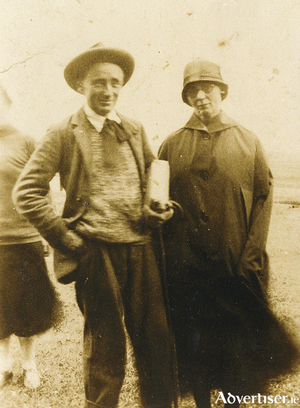
Pádraic Ó Conaire was born on February 28 1882 in a pub by the docks, to middle-class Catholic publicans. He briefly attended the Presentation National School, but when his parents both died young he went to live with some of his extended family in Rosmuc. He later went to school in Rockwell and from there to Blackrock College in Dublin. He emigrated to London and took a lowly job in the civil service. He joined the local branch of Conradh na Gaeilge and flourished as an Irish language teacher and writer. In 1901 he published his first short story, An t-Iascaire agus an File.
Be careful how you dance this Advent
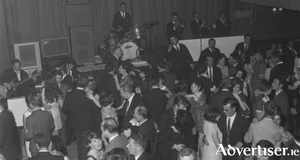
We are one month out from Christmas, to the day, and I would like to mark it by wishing you and yours a happy Black Friday. The retailers’ fabricated start to the Christmas shopping season has already caught on in little old Ireland. The run up to Christmas no longer begins on the Church’s specified day, but instead is determined by frenzied shoppers, wound up by delighted retailers. Of course, the upside is that shoppers bag bargains, businesses take on extra employees, and extra income is regenerated as a result of the additional footfall.
Liam Ó Briain - Memories of the Easter Rising
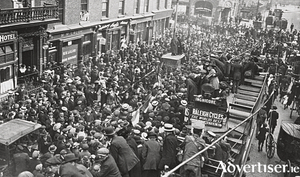
One of the real benefits of the the centenary commemorations of 1916, is the amount of research and new material that has been published on the background to the Rising, and in particular on the personalities of the men and women involved.

